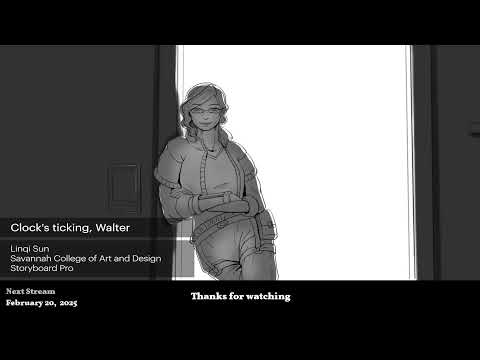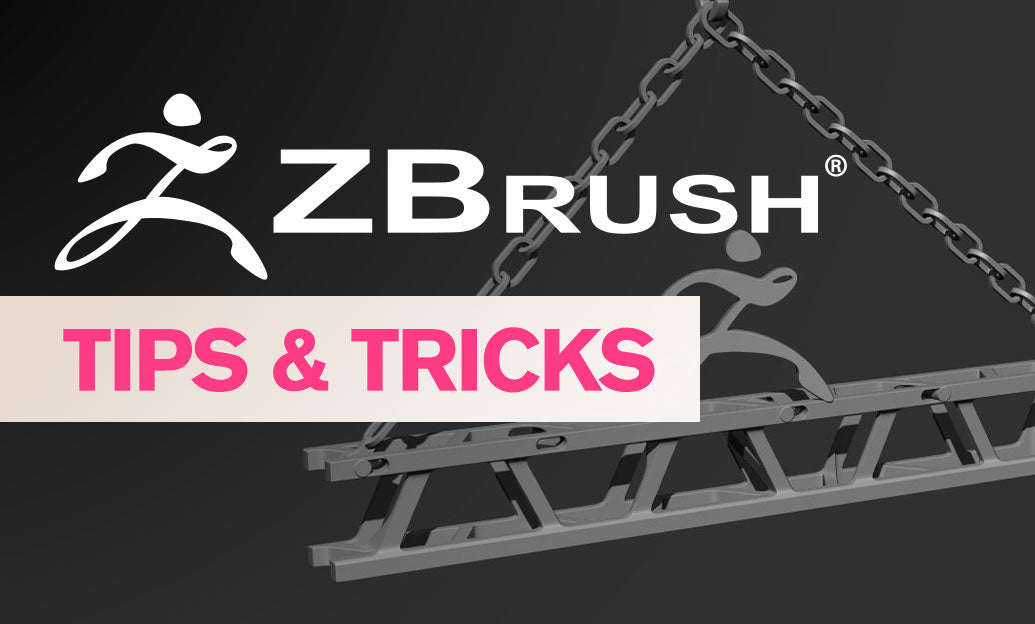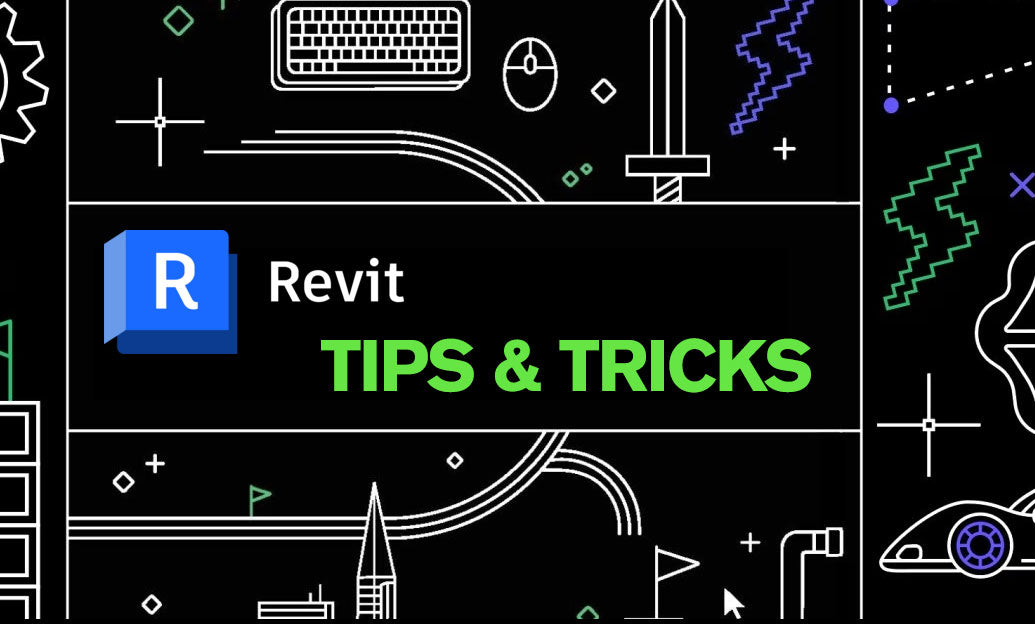Your Cart is Empty
Customer Testimonials
-
"Great customer service. The folks at Novedge were super helpful in navigating a somewhat complicated order including software upgrades and serial numbers in various stages of inactivity. They were friendly and helpful throughout the process.."
Ruben Ruckmark
"Quick & very helpful. We have been using Novedge for years and are very happy with their quick service when we need to make a purchase and excellent support resolving any issues."
Will Woodson
"Scott is the best. He reminds me about subscriptions dates, guides me in the correct direction for updates. He always responds promptly to me. He is literally the reason I continue to work with Novedge and will do so in the future."
Edward Mchugh
"Calvin Lok is “the man”. After my purchase of Sketchup 2021, he called me and provided step-by-step instructions to ease me through difficulties I was having with the setup of my new software."
Mike Borzage
V-Ray Tip: Optimizing Realism with V-Ray's Advanced Material Settings
January 18, 2025 2 min read

Enhancing your V-Ray renders with advanced material settings can significantly elevate the realism and quality of your projects. Leveraging these settings effectively allows for intricate control over surface properties, lighting interactions, and texture details.
- Utilize Subsurface Scattering (SSS): Subsurface scattering is crucial for rendering materials like skin, wax, and jade. By adjusting the SSS parameters, you can simulate the light penetration and diffusion within translucent materials, adding depth and realism.
- Leverage Layered Materials: Combining multiple materials using V-Ray’s layered material system enables complex surface behaviors. This is particularly useful for creating realistic textures that require layered effects, such as paint with underlying rust or grime.
- Optimize Reflective and Refractive Properties: Fine-tuning the reflectivity and refraction indices of materials ensures accurate light interactions. Use Fresnel reflections to achieve more natural reflections based on the viewing angle, enhancing the material’s realism.
- Implement Displacement Maps: Displacement maps add geometric detail to surfaces without increasing polygon count. This technique is ideal for creating intricate textures like brick walls, rocky surfaces, or fabric weaves, providing high detail while maintaining performance.
- Use Advanced Bump and Normal Maps: Enhance surface details by incorporating high-quality bump and normal maps. These maps simulate small-scale surface variations, contributing to the overall realism without the need for additional geometry.
- Control Material Roughness: Adjusting the roughness parameter affects how light scatters across a surface. Lower roughness values create glossy finishes, while higher values produce matte appearances. This control is essential for accurately portraying different material types.
- Integrate Procedural Textures: Procedural textures offer scalability and flexibility, allowing you to create complex patterns and variations without relying on image-based textures. This is particularly beneficial for creating seamless textures and reducing texture memory usage.
- Manage Material IDs for Post-Processing: Assigning material IDs enables more precise control during post-production. By separating elements based on material IDs, you can apply targeted adjustments and effects, streamlining the compositing process.
- Optimize Texture Maps: Ensure that your texture maps are optimized for performance without sacrificing quality. Use appropriate resolutions and compression methods to balance detail and render efficiency, especially for large projects.
- Stay Updated with V-Ray and NOVEDGE Resources: Keep abreast of the latest advancements in V-Ray material settings by utilizing resources from NOVEDGE. Their comprehensive tutorials and documentation provide valuable insights and techniques to enhance your material workflows.
By mastering V-Ray's advanced material settings, you can create highly realistic and visually compelling renders that stand out. For more tips and resources, visit NOVEDGE and explore their extensive collection of V-Ray tutorials and expert advice.
You can find all the V-Ray products on the NOVEDGE web site at this page.
Also in Design News

2D/3D Animation:Collaboratory with Mike Morris and Aaron Paetz
February 20, 2025 1 min read
Read More
ZBrush Tip: Enhancing Organic Sculpting Techniques in ZBrush: Key Tips and Resources
February 20, 2025 2 min read
Read More
Revit Tip: Mastering Revit's Edit Profile Tool for Customized Design Efficiency
February 20, 2025 2 min read
Read MoreSubscribe
Sign up to get the latest on sales, new releases and more …


